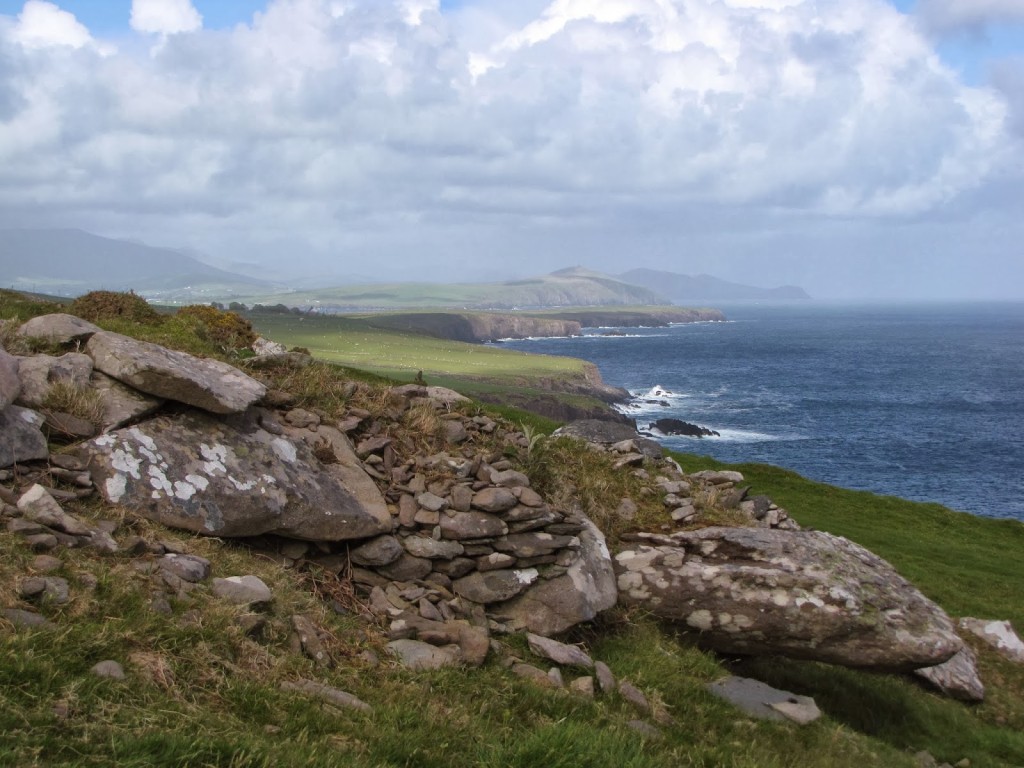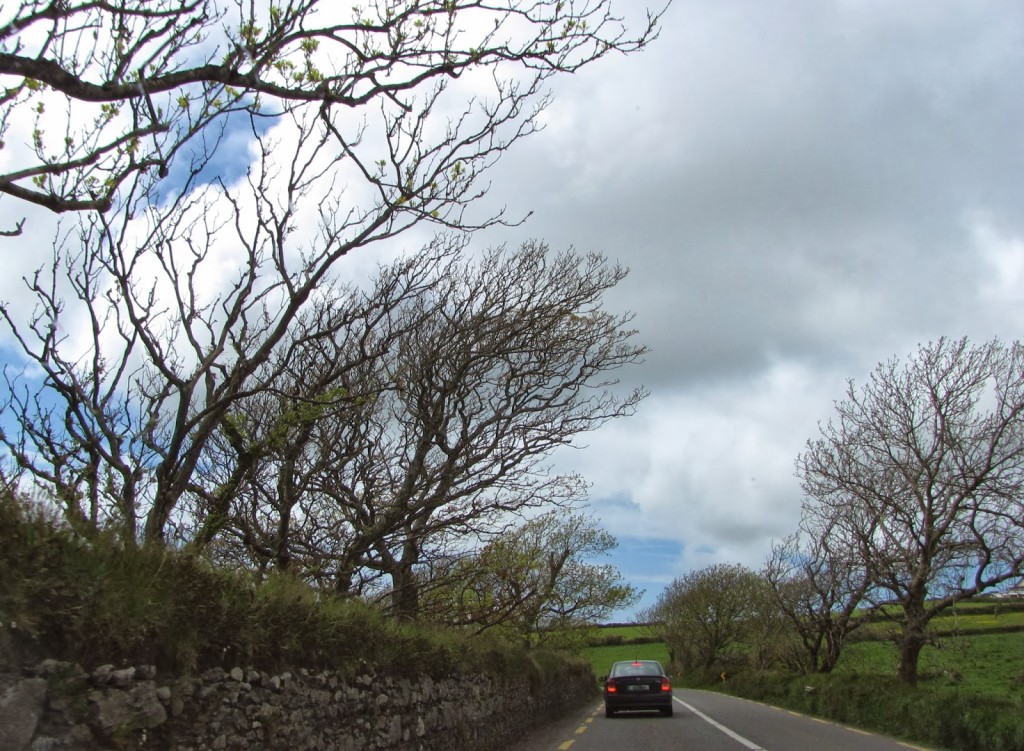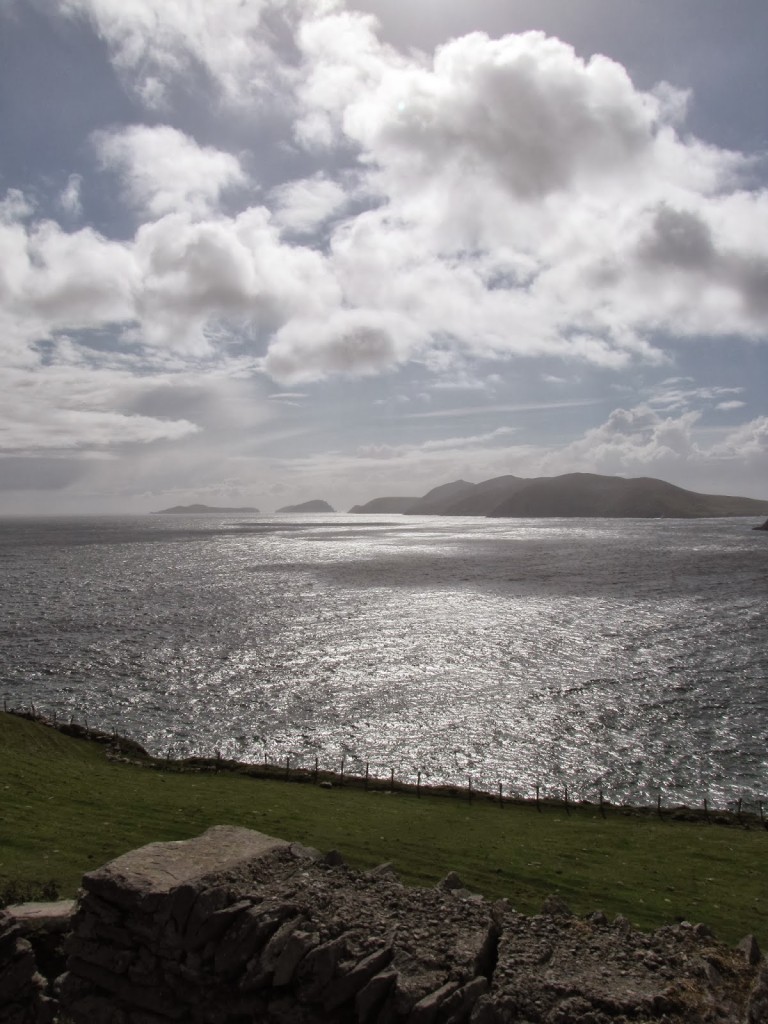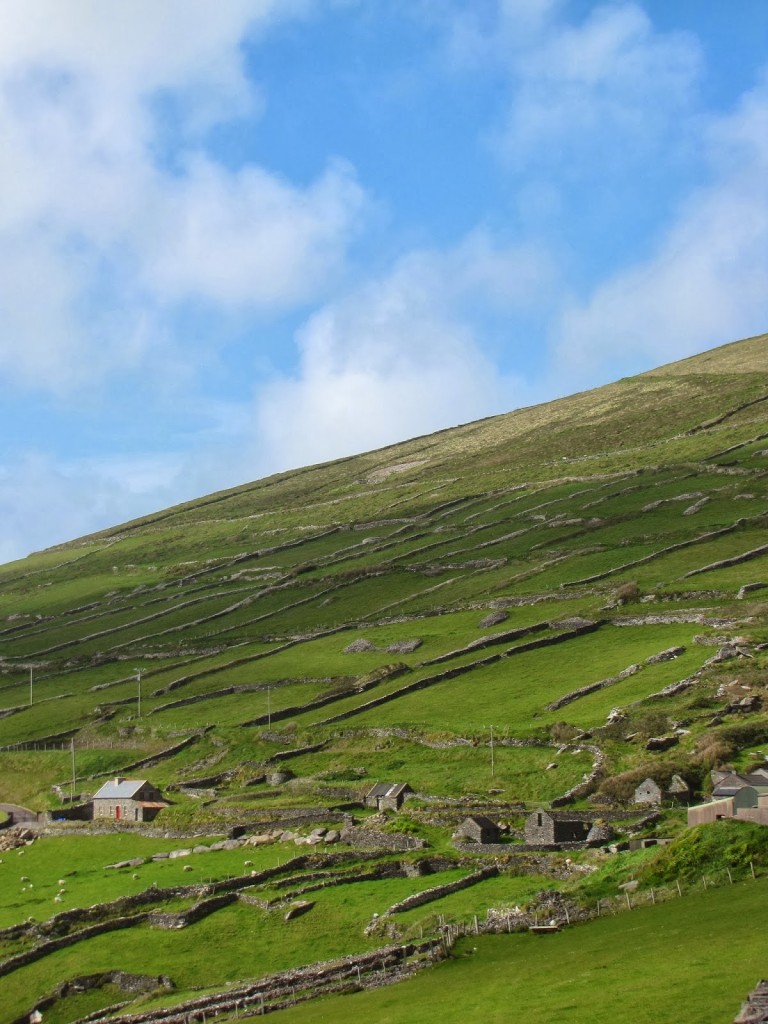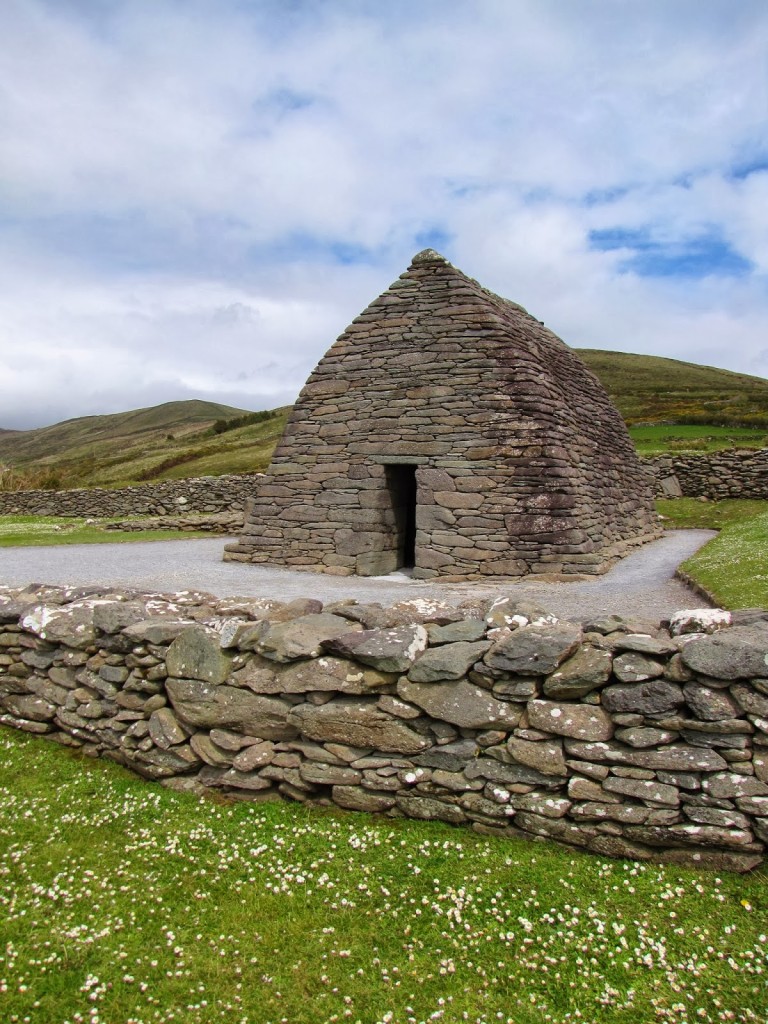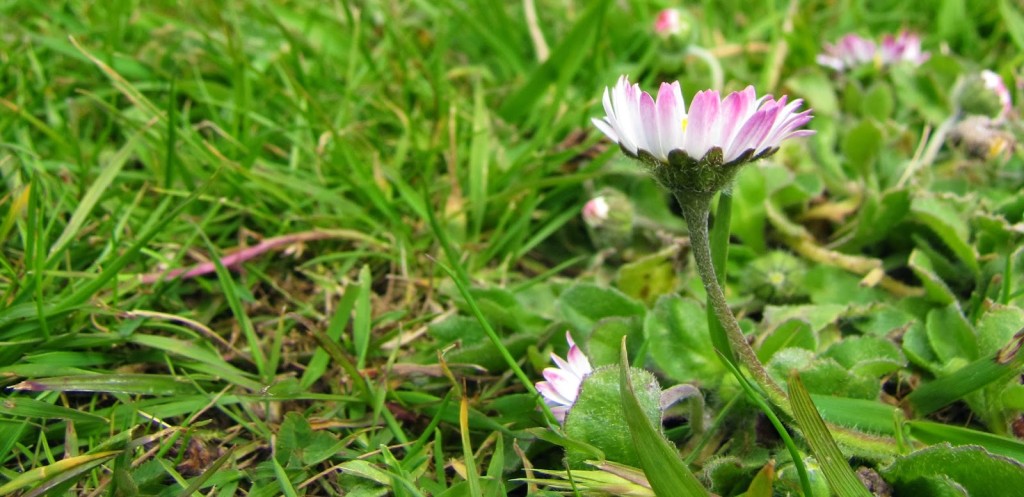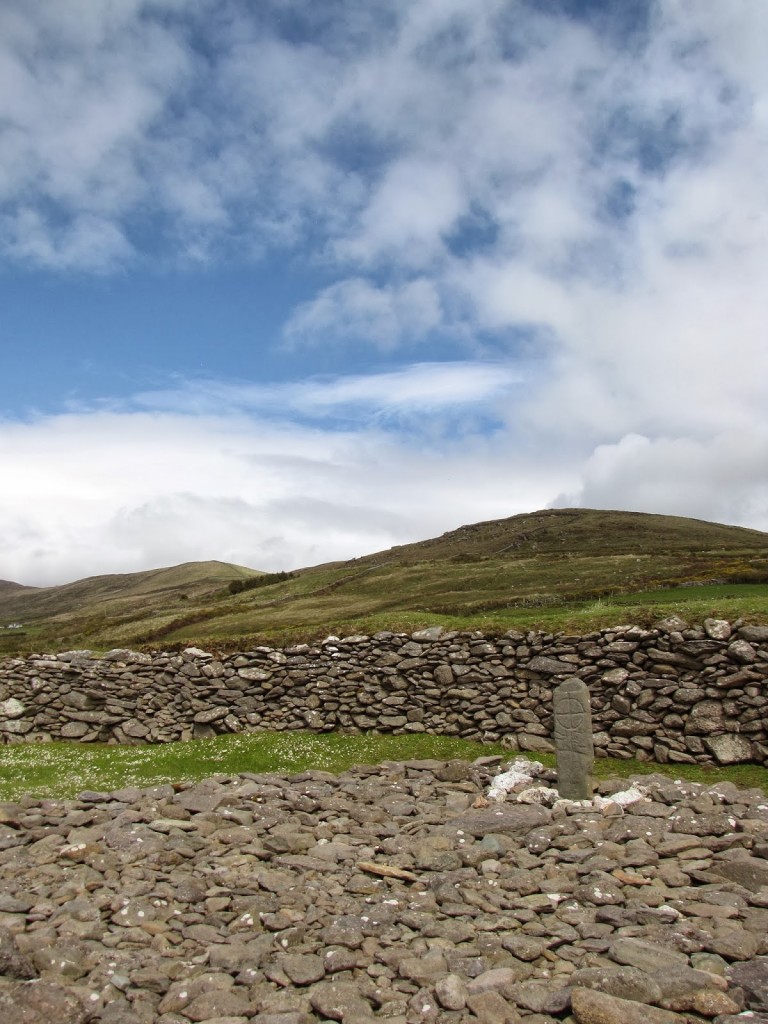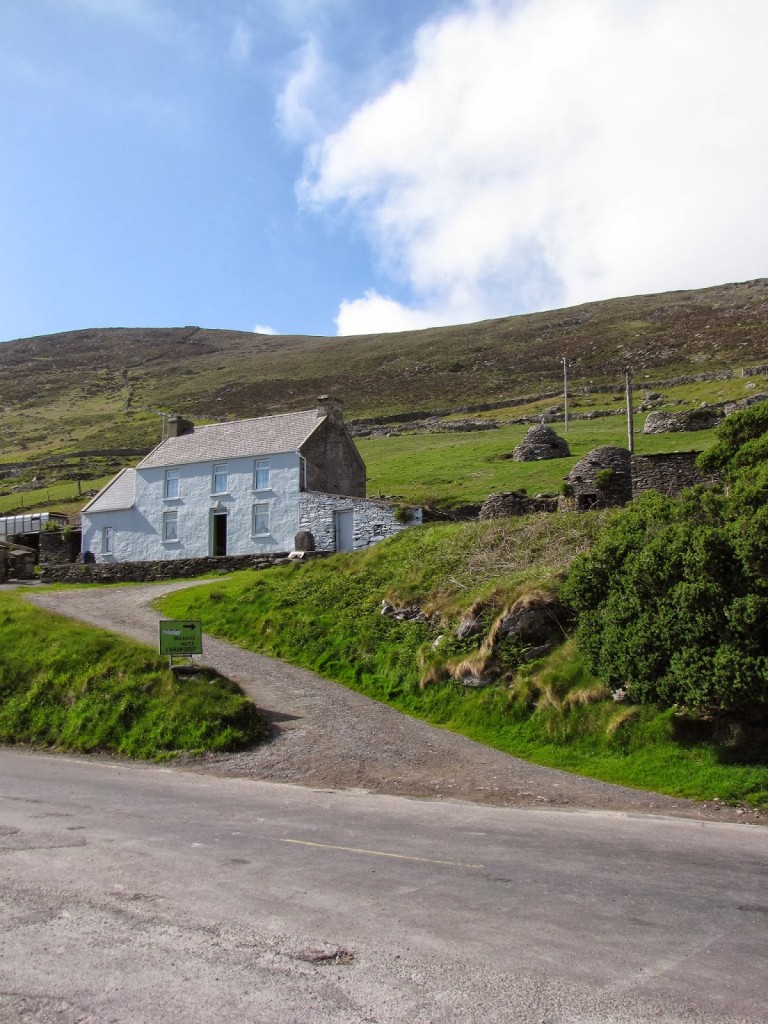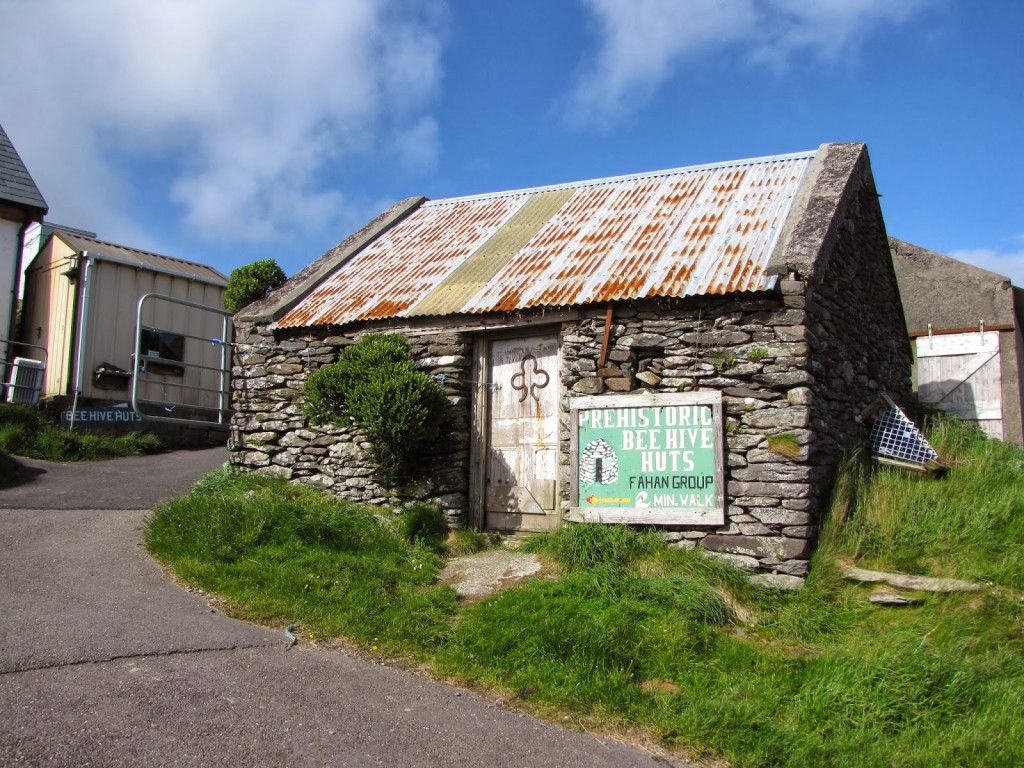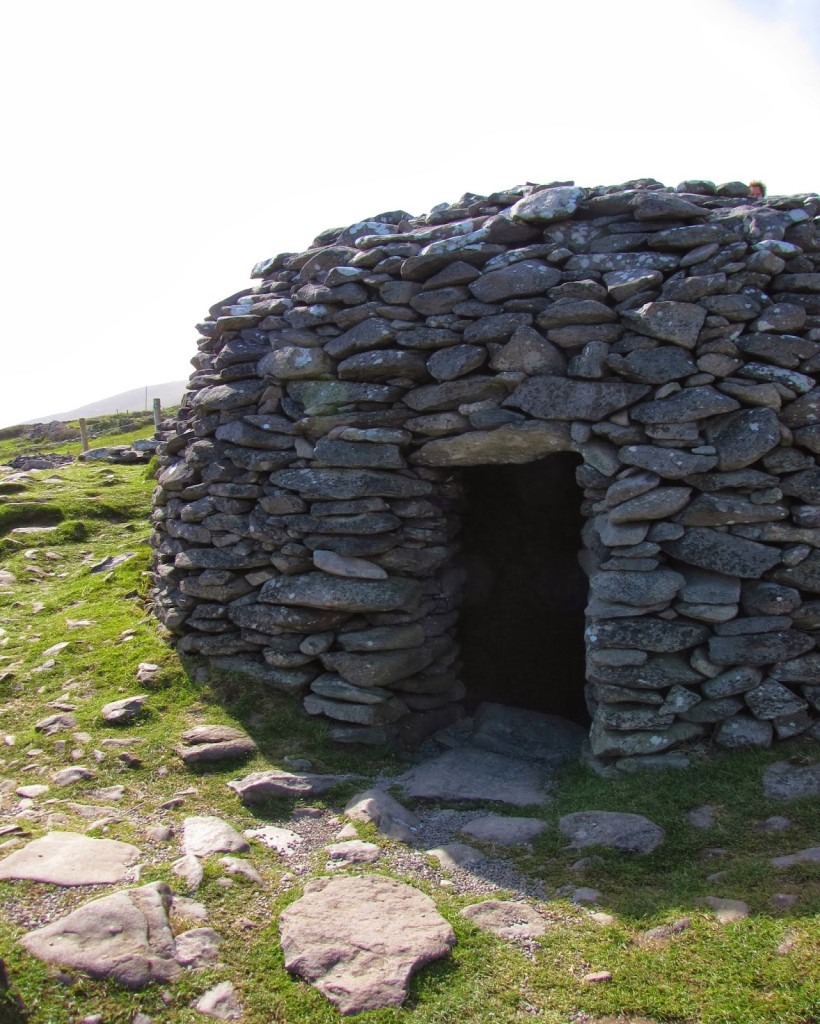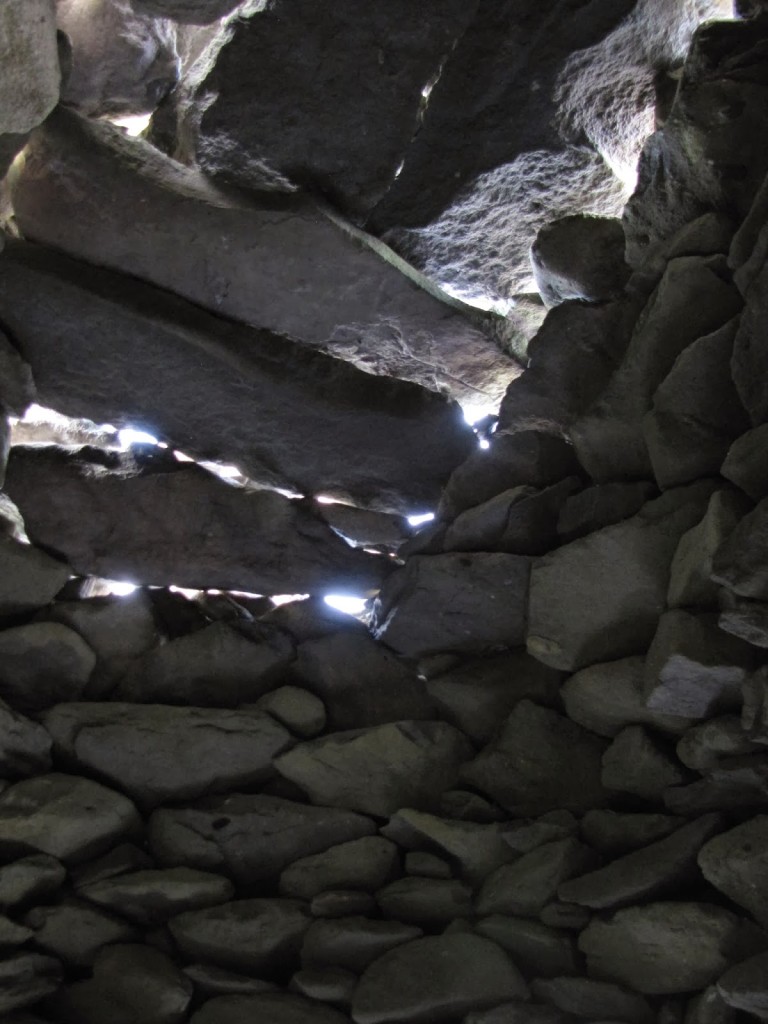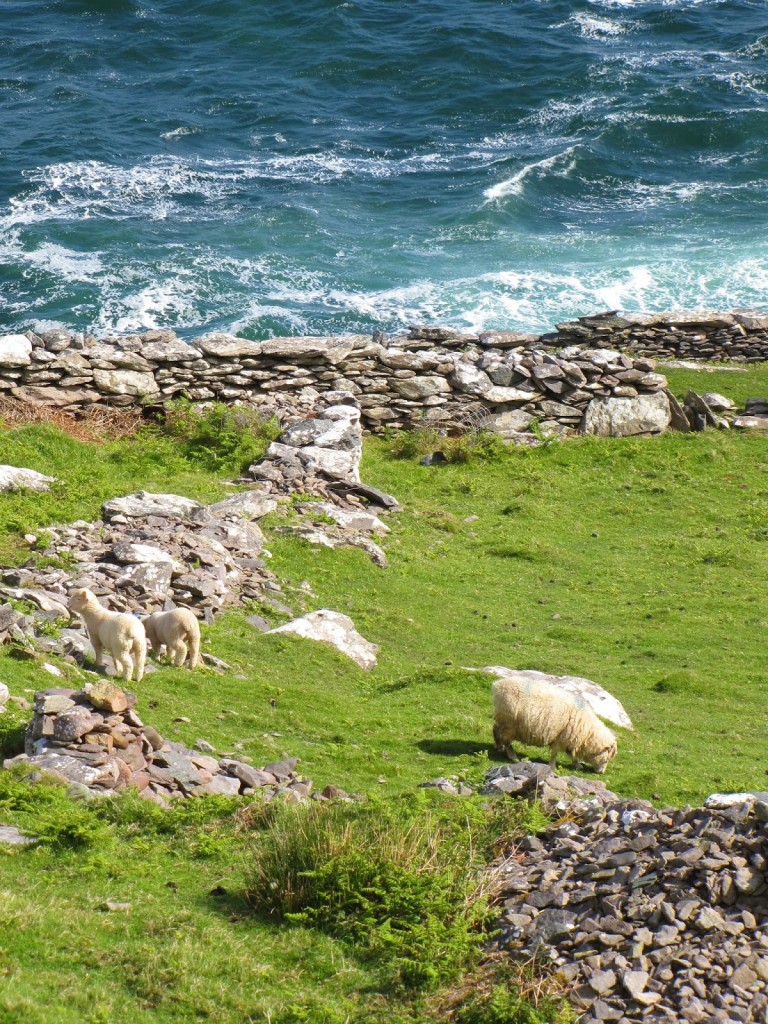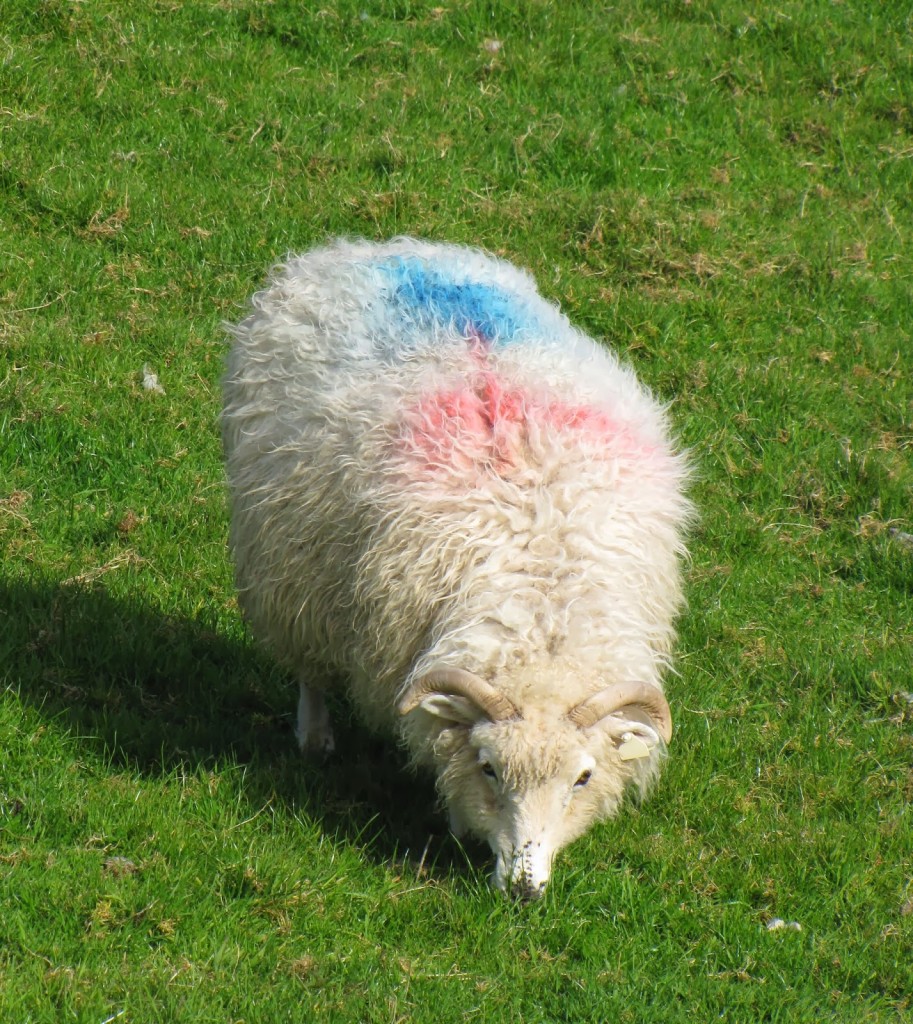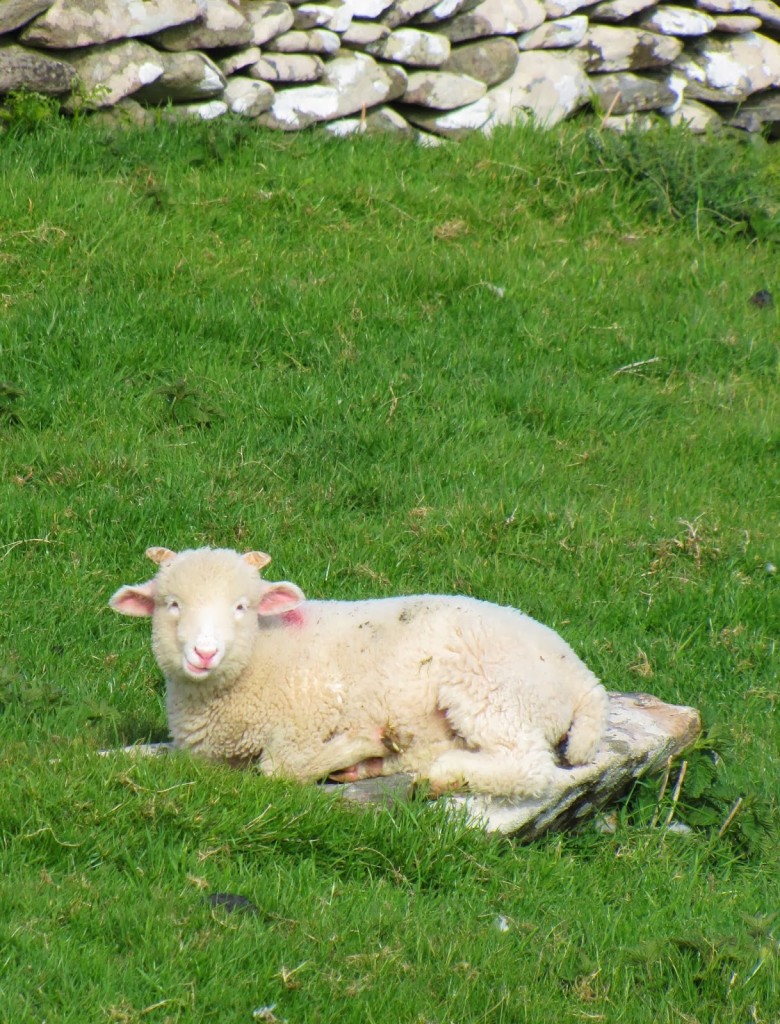Buffeted by wind and waves, Ireland’s Western coast tends to be surprisingly stark and inhospitable compared to the lush mildness of the island’s interior. The contrast perhaps goes some way towards explaining why, in a country surrounded by water, beef and mutton are far more popular than fish.
This is not to say that the coastal regions are any less beautiful than the inland counties. Dingle is particularly spectacular, and having to rush through it was one the few regrets of our trip. However, we had hoped to take a boat from Iveragh Peninsula to Skellig Michael—the island’s third and final World Heritage site—the next morning, and our main goal was to see the Gallarus Oratory and Fahan Beehive Huts before settling-in near the port before nightfall.
Aside from the occasionally terrifying and stomach-churning blind turns on narrow coastal roads, the only negative memories we have of Dingle stem from the peninsula’s particular relationship with the many foreigners who drive the region’s economy and clog its traffic. Unlike the town of Adare or sites like Brú na Bóinne, Dingle’s tourist industry seems unusually decentralized and a little ad hoc. Many of the archaeological sites are on private land, and owners charge (a reasonable) admission after drawing tourists in with handmade signs. The brown landmark posts seen elsewhere in the country are mostly absent. The downside of this system is that it can be difficult to tell what is legitimate and what is a trap for gullible outsiders.
Unfortunately, we got burned early on, during our visit to the Gallarus Oratory. (For anyone going, be aware that this is a nationally owned site which is free to visit, but the neighboring visitor center is privately owned and will try to charge you). Feeling taken advantage of is of course a souring experience, and as a result we were more suspicious in our subsequent interactions than we had felt the need to be almost anywhere else on the trip. It also caused us to bypass some of the unverified sites on private land, which we soon realized was our second mistake.
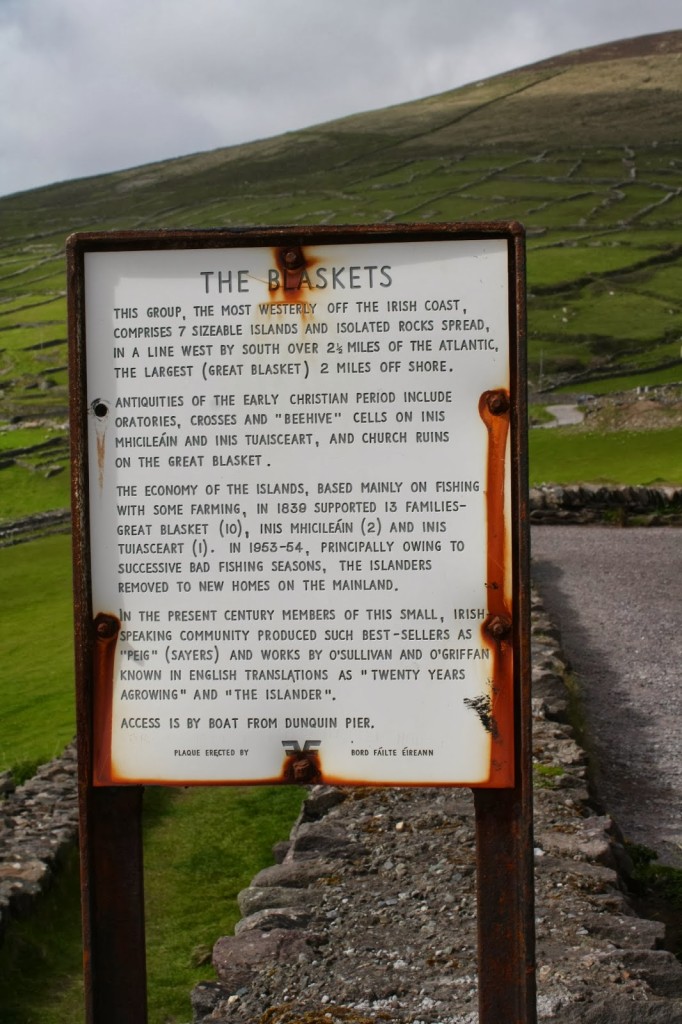
Photos by Renée DeVoe Mertz, May 27, 2013, unless otherwise stated.
